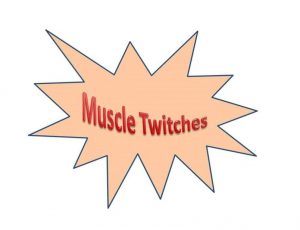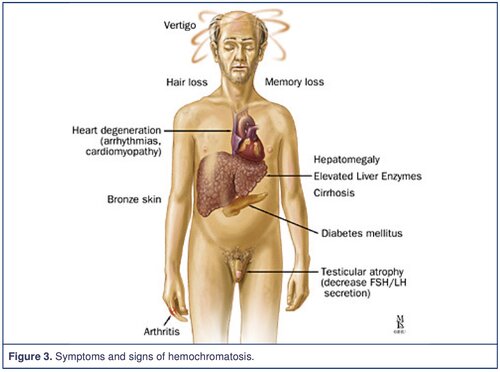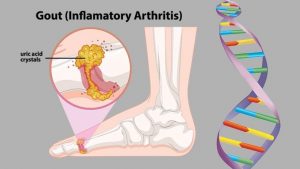Phones, laptops, reading in bed and the consequences of poor posture.
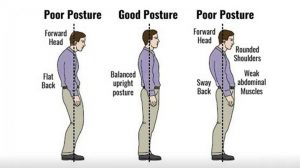 The increasing time we are spending glued to our phones or in front of a laptop with poor posture is manifesting itself with a large increase in the incidence of neck and shoulder pain presenting at clinic. Even kids are suffering from it. Good posture, as it relates to the neck, and outlined by a physiotherapist is commonly considered to be when the ears are positioned directly above the shoulders with the chest open and shoulders back. This neutral position minimizes the stress on the neck(cervical spine). Also it is important that the head is turned to full rotation left and right regularly in order to keep joints and muscles mobile and supple.
The increasing time we are spending glued to our phones or in front of a laptop with poor posture is manifesting itself with a large increase in the incidence of neck and shoulder pain presenting at clinic. Even kids are suffering from it. Good posture, as it relates to the neck, and outlined by a physiotherapist is commonly considered to be when the ears are positioned directly above the shoulders with the chest open and shoulders back. This neutral position minimizes the stress on the neck(cervical spine). Also it is important that the head is turned to full rotation left and right regularly in order to keep joints and muscles mobile and supple.
Imbalances from poor posture
Forward head posture occurs when the neck slants forward, placing the head further in front of the shoulders rather than directly above. This can lead to problems such as
- Increased stress on the cervical spine. As the head moves forward in poor posture, the cervical spine must support an increased amount of weight.
- Muscle overload. Forward head posture means muscles of the neck, shoulders and upper back have to continually overwork to counterbalance the pull of gravity of the forward head. As a result, muscles become more susceptible to painful strains and spasms.
- Hunched upper back. Forward head posture is often accompanied by forward shoulders and a rounded upper back, which can increase the risk of developing pain and dysfunction in the neck, upper back, and/or shoulders.
The above can lead to more severe manifestations if the forward head posture is maintained long term. These include
- Muscle imbalances. Some muscles in the neck, upper back, shoulders, and chest can become shortened and tight, whereas others can become elongated and weak.
- Elevated risk for spinal degeneration. Extra stress on; the discs of the cervical spine’s, the facet joints, and vertebrae increases the risk of degenerative spinal issues, such as cervical degenerative disc disease and cervical osteoarthritis. It can also contribute to the development of bone spurs.
- There is an increased risk of development of shoulder bursitis, specifically subacromial bursitis
- Reduced mobility. With increased stiffness in the muscles and/or joints, the neck’s range of motion becomes decreased.
- Nerve pain. Spinal degeneration and muscle spasm in the neck can lead to nerve compression resulting in neurogenic pain. This pain can be severely debilitating.
Treatment
Physiotherapist treatment of the above may consist of deep tissue massage, mobilizations and posture correction exercises. Severe cases of disc degeneration and/or nerve compression may require surgery. Mostly people suffer from the effects of poor posture later in life. The effects take time to manifest. Often people will only get the message of how detrimental poor posture can be when they start suffering from neuropraxia (nerve compression/ pain,tingling, numbness running down yours arms, worse at night). This condition can be quiet challenging for a physiotherapist treat. Physiotherapy treatment can still be very successful if it is caught in the early stages.
Physiotherapist in Tralee.
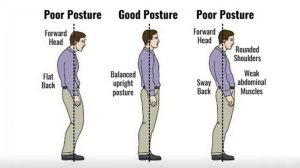
 The increasing time we are spending glued to our phones or in front of a laptop with poor posture is manifesting itself with a
The increasing time we are spending glued to our phones or in front of a laptop with poor posture is manifesting itself with a 